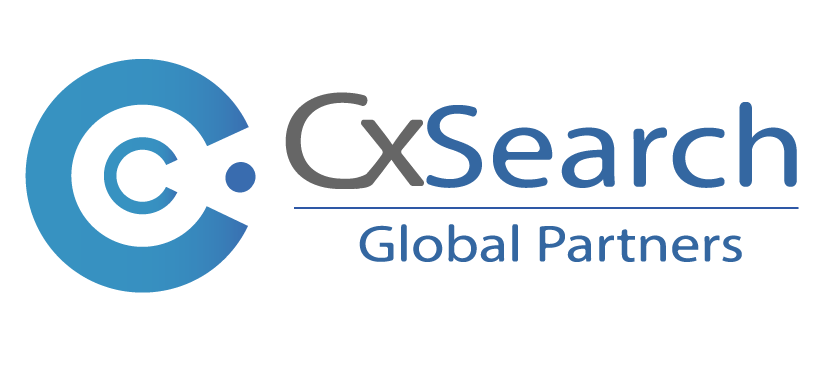Develop—and Retain—Your High Performers
WHITEPAPERS, ARTICLES & BLOGS
| While most employees strive to excel, being a high performer can come with drawbacks, including high-pressure goals, meeting overload, and reduced flexibility. Retaining your high performers—and developing new ones—is critical in today’s uncertain, fast-paced business environment. Here’s how to do it. Minimize meetings. Cut down on unnecessary meetings to free up your employees’ time for truly impactful work. This means establishing a simple, predictable weekly meeting schedule for your team, as well as optimizing your one-on-ones. Measure motivation. Use surveys regularly to assess your team members’ motivation and understand what excites or creates stress for them. For example, ask: What habits does the team want to improve? What are some specific ideas to improve those habits? Then create quarterly improvement plans to address any pain points. Mentor high-potential employees on key skills. To ensure your high performers feel challenged and your developing employees are growing, schedule quarterly skill-development meetings for each of your direct reports. Use that time to identify one concrete, high-leverage skill (think problem-solving or leadership) for them to improve in the next quarter. |
| This tip is adapted from “3 Ways to Build a Culture That Lets High Performers Thrive” by Lindsay McGregor and Neel Doshi |


